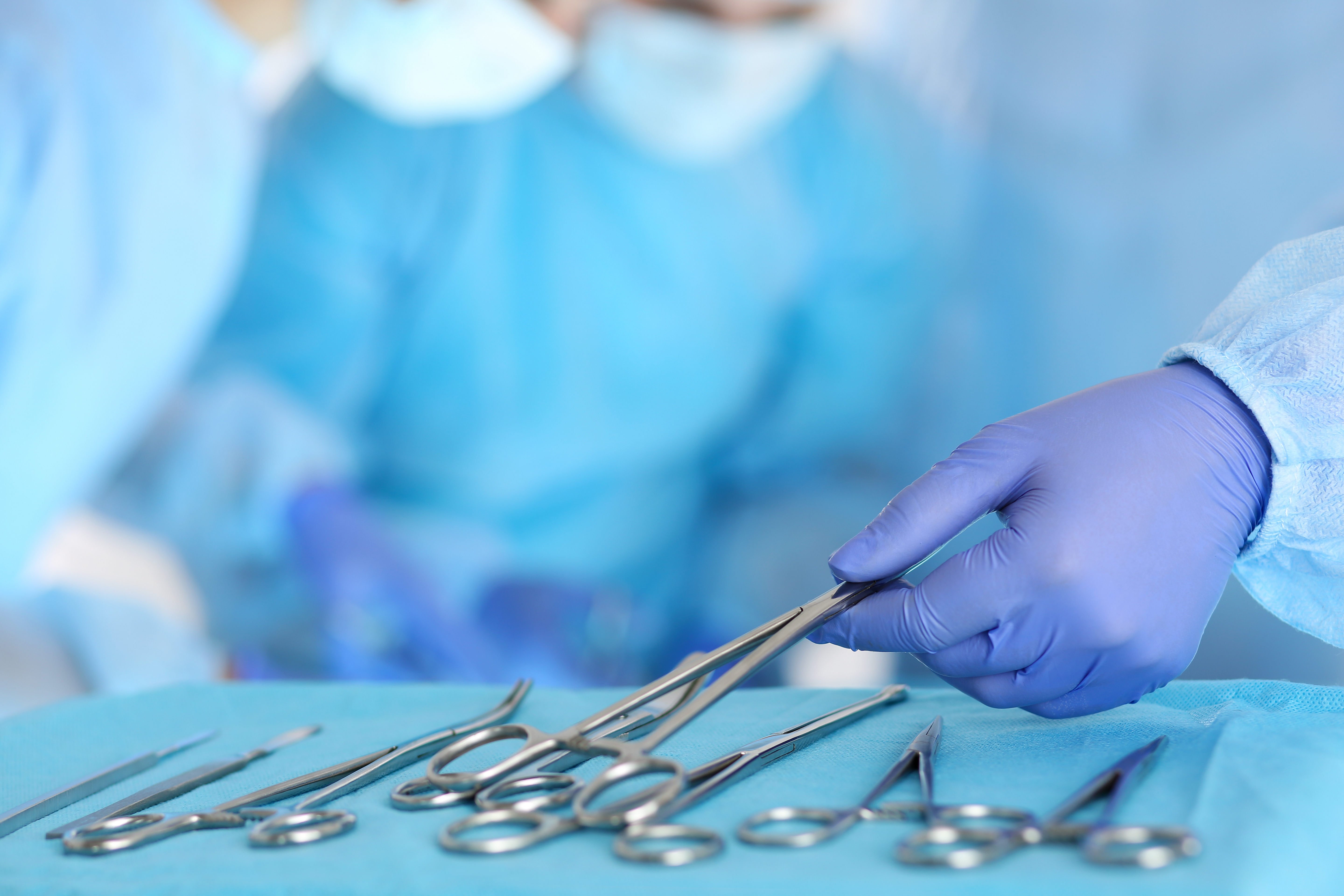
We all know that disease can be transmitted in many ways in a hospital, but some are much more preventable than others. What role does inadequate sterile processing play in the rates of Hospital-Associated Infections (HAIs) and Surgical Site Infections (SSIs)?
The U.S. healthcare system spends $9.8 billion dollars every year to treat the top HAIs, one third of which are from SSIs. Dirty instruments can easily cause SSIs; pathogens and organic matter contaminate reusable tools on a microbial level. However, with strict adherence to sterilization guidelines, rates of HAIs and SSIs have been proven to drop.
What Causes Improper Cleaning and Sterilization?
In 2012, a study from the NCBI reported a spike in surgical site infections (SSIs) related to dirty surgical instruments. Twenty patients became sick, and staph bacteria was found on the instruments and in the surgical packaging. The cause? “…inadequate maintenance of autoclave components and poor handling practices by staff,” the study records. “This was compounded by lapses in inspection of surgical sets by theatre staff.”
There are a number of factors that affect proper cleaning and sterilization. They include:
- The complexity of the instruments being cleaned
- The training level of SPD staff
- The extent of cleaning prior to sterilization
- The efficacy of the disinfectants used in the sterilization process
The most important factor out of these is the training level of the SPD staff. Sterile processing technicians must be knowledgeable and up-to-date on the latest and most effective cleaning practices, as well as new tools being used, in order to reduce the possibility of disease transmission.
Following Sterilization Protocols Reduces Infection Rates
Research has shown that with consistent SPD training and adherence to protocols, HAIs and SSIs can be significantly reduced. A 2006 study reported that when 170 Michigan hospitals and ICUs focused on following CDC guidelines for sterilization, catheter-related bloodstream infections dropped by 66% over a year-long period.
In addition, an ongoing study by the FDA related to duodenoscopes shows that monitoring has a positive effect. Because of the follow-up and reinforcement to use best practices, patient infection reports dropped by a total of 83% between 2015 and 2019.
Options for Hospitals Seeking to Improve SPD Practices
For hospitals looking to reduce HAI and SSI rates, SpecialtyCare can provide qualified sterile processing technicians to staff SPDs. We provide comprehensive training on sterile processing and can relieve the administrative burden of constant recruiting. Because we are specialized to do this, our technicians have access to regular education so that they can remain up-to-date on the latest surgical tools and cleaning methods. If your hospital is interested in sterile processing management, CONTACT OUR TEAM TODAY. We would love to tell you more about how we can help you make surgery safer through excellence in sterile processing.



Comments are closed.